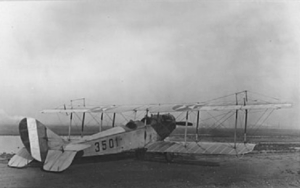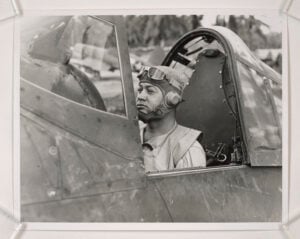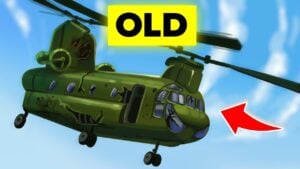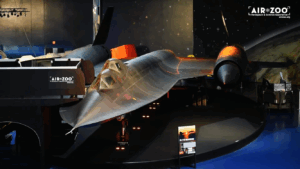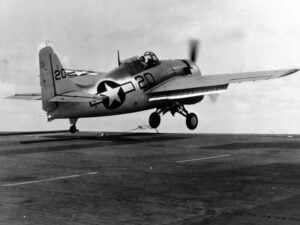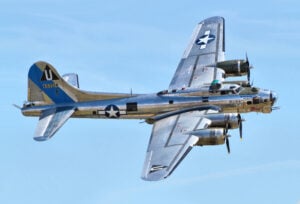The WW2 Super Fighter That Was Built Backwards
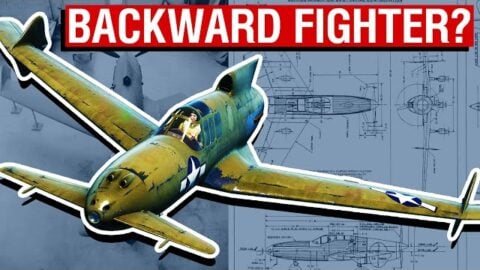
YouTube / Rex's Hangar
A Radical Idea
The Curtiss XP-55 Ascender was one of the strangest fighters of World War II — a design so unconventional that it looked like it was flying backward. With its propeller mounted behind the cockpit and its elevator surfaces placed at the nose instead of the tail, the aircraft quickly earned its cheeky nickname: the “Ass-ender.”
Development of a Different Kind
Born from the Curtiss-Wright CW-24 concept, the XP-55 was envisioned as a sleek, swept-wing “pusher” fighter with a canard layout. Its tricycle landing gear, a first for Curtiss-Wright, gave it a futuristic look. The design placed a liquid-cooled Pratt & Whitney X-1800 engine behind the pilot, turning a rear-mounted propeller.
Initial flight tests in late 1941 showed promise but also instability. Engineers enlarged the wings and added vertical fins above and below the engine to tame its unpredictable handling. Encouraged by progress, the U.S. Army Air Forces ordered three prototypes in 1942, officially naming the project the XP-55 Ascender — a clever twist on its backward reputation.
Testing the Limits
The first prototype took flight in 1943. During a stall test that November, test pilot Harvey Gray lost control when the aircraft suddenly flipped onto its back and entered a deadly inverted spin. He parachuted to safety, but the prototype was destroyed.
Subsequent versions introduced fixes, including larger wings and improved nose elevators. These changes helped stability but created new problems, such as a tendency to stall during takeoff. Pilots also reported the lack of a stall warning indicator, prompting yet more adjustments before the XP-55 finally passed its flight trials.
A Futuristic Failure
By late 1944, jet fighters like the Messerschmitt Me 262 and the Gloster Meteor were proving that the future of air combat no longer belonged to propeller-driven aircraft. The Ascender, though innovative, was already obsolete.
In 1945, tragedy struck when the third XP-55 crashed during an air show at Wright Field, killing the pilot and four spectators. With that, the program was canceled for good.
Though it never entered production, the Curtiss XP-55 remains a symbol of bold wartime experimentation — a daring step toward the unknown, from an era when aviation still dreamed without limits.














